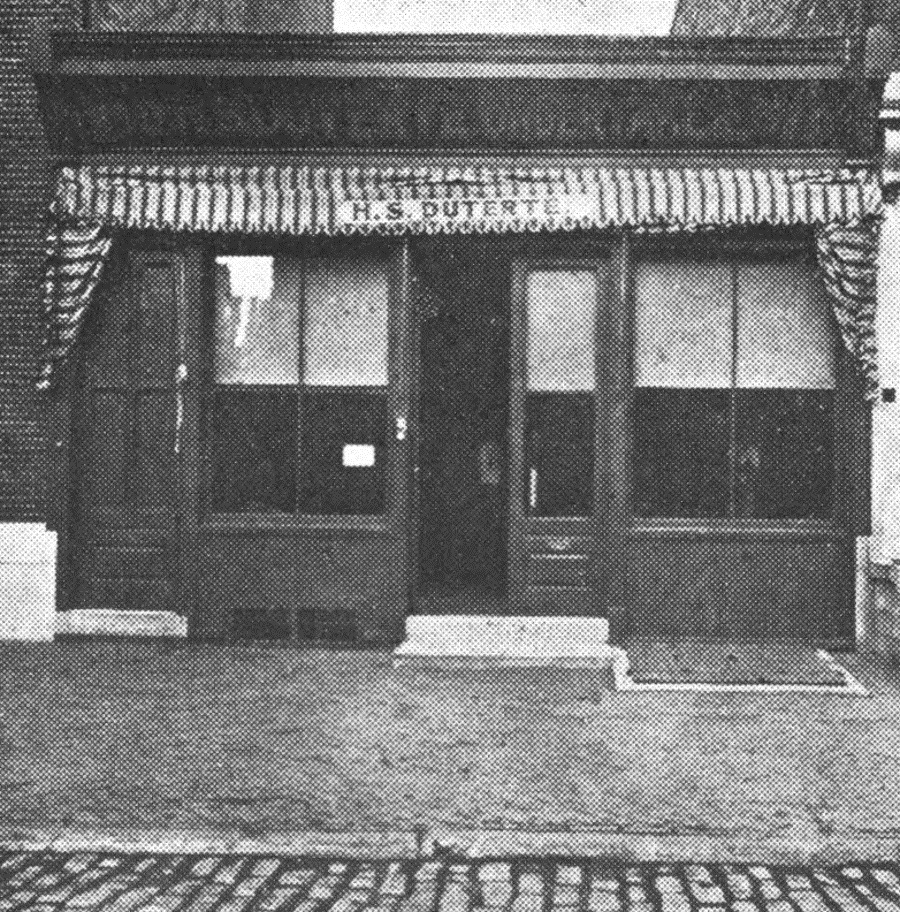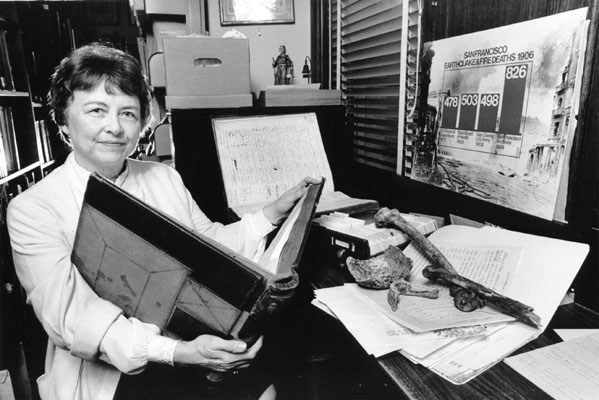What is the Great Women in Death History series? There was a time not long ago when the responsibility of “death work” – caring for the dying, washing and preparing the body for burial, making preparations for the funeral – fell to women. With the advent of the medical and funeral industry, these roles were taken over by men who created a business of death, pushing women and their contributions to the side and largely forbidding their involvement in the roles and tasks they once filled. However, there were many women who defied the restrictive roles that society placed upon them, and even sought to redefine them – this series is about them. The unsung female heroes of death.
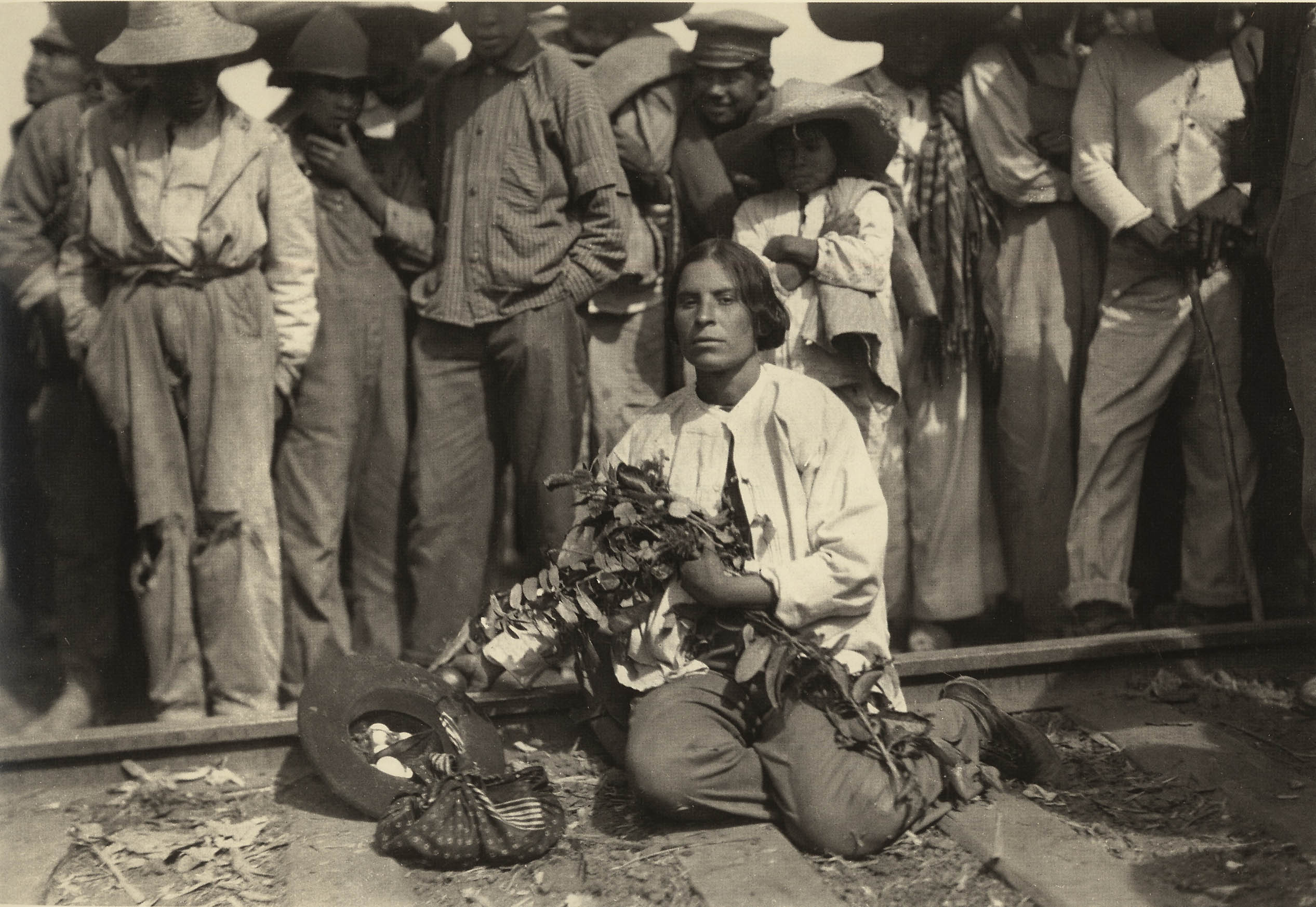
Maria Zavala
Women played a vital role during the Mexican Revolution, as Las Soldaderas – women who followed their husbands, sons, fathers and brothers into war, often taking up arms and fighting on the front lines.
One notable soldadera was Maria Zavala, whom soldiers nicknamed La Destroyer. She began by doing welding work, and some historians have speculated that she may have aided the war effort by blowing up trains, but Zavala primarily became known for making sure that dying soldiers were given a good death. In some instances this meant she assisted them in dying a quicker and less painful death. Zavala used her knowledge of herbs to create remedies which lessened pain and eased the dying process and she also facilitated the soldier’s burials.
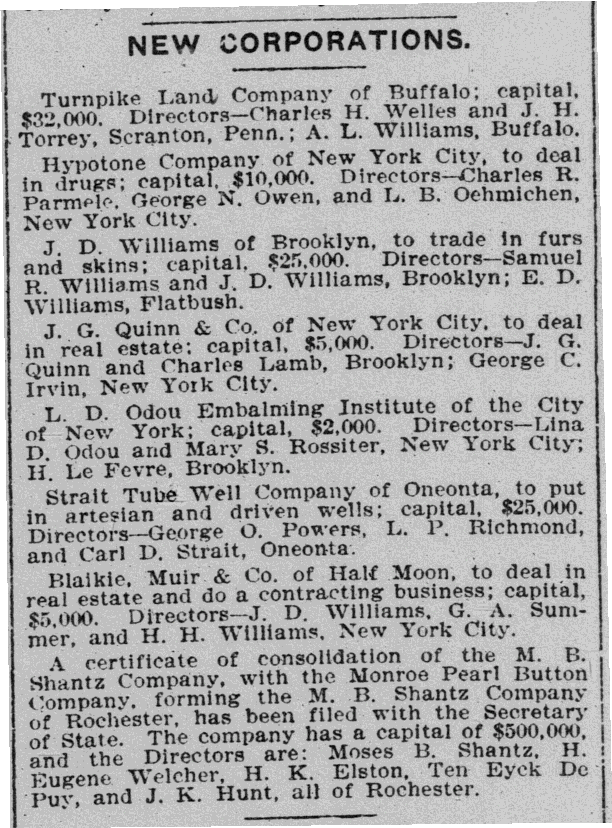 Lina D. Odou
Lina D. Odou
As the funeral industry and the beginnings of modern embalming began to emerge in the U.S., fifteen-year-old Lina Odou moved to London. It was here that she met mentor, Florence Nightingale and trained as a nurse. Shortly after, Odou would serve in the Red Cross in France.
During this time, it was not uncommon for women to suffer in silence because they refused to seek out the aid of a male physician, as maintaining their ladylike modesty was paramount in Victorian society. For this reason, caring for female corpses proved to be a challenge for the new and male dominated field of undertaking. “Over and over I heard mothers ask undertakers if they could not furnish women embalmers for their dead daughters,” Odou said. In response, she persuaded several established embalmers to train her, and when she moved to the U.S. she opened the Lina D. Odou Embalming Institute in Manhattan. She went on to become an advocate for women as death professionals and founded the Women’s Licensed Embalmer Association.
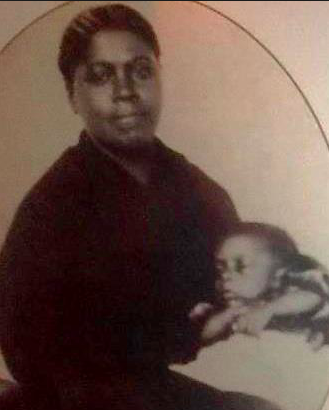
Henrietta Smith Bowers Duterte
Born in 1817 into a well-established free-Black family in Philadelphia, Duterte was an accomplished and sought after milliner. She married a local undertaker and learned the trade. When her husband died, she took over the mortuary, defying race and gender politics to become the very first female mortician in the U.S. She ran a successful business and was noted for being “prompt in her business affairs, and sympathizing and accommodating to all—rich or poor.”*
Historically, Black funeral homes were often the center of social and political movements, as they provided a safe haven for Black communities to gather, plan and organize. Duterte also utilized her funeral home as a catalyst for change, when she became an agent of the Underground Railroad. She would hide people in coffins or help disguise and integrate them into funeral processions to ensure their safe passage, as well as providing lodging to those in need. Duterte died in 1903, but according to the Register of Deaths in the City of Philadelphia, she is listed as having been the mortician who worked on a young man’s corpse, only two days prior to her own death.
Gladys Hansen
On the morning of April 18th in 1906 80% of San Francisco was destroyed by a devastating earthquake and subsequent fires which broke out around the city, some lasting for days. The “official” death toll provided by the San Francisco Board of Supervisors was 478.
Enter librarian Gladys Hansen who, at the age of seventeen, was put in charge of the library’s California collection. Here, she began to research the identities of those who were killed or went missing during the disaster.
Hansen ran into a challenge many historians and genealogists face – racial bias in recording. People of color are often erased not only from history books, but official records. Among the “uncounted bodies of dead men and women…lying in morgues and under un-uplifted walls” (Los Angeles Times, April 18, 1906) were many people that were predominantly of Chinese ancestry. Their deaths, ignored and uncounted by city officials who plotted with investors, railroad tycoons and insurance companies to downplay and suppress the facts of the disaster so they could make a profit.
Hansen spent her lifetime uncovering this story and identifying the dead in an effort to bring closure to families and justice to San Francisco’s deceased. She has been dubbed “The Death Lady” or “The Death Librarian” for her work, bringing the actual death toll close to 6,000. Hansen died this year at the age of 91.
Resources
*“Undertaking.” The Christian Recorder 8 March 1862. African American Newspapers
Hughes, Alex. Phototextualities: Intersections of Photography and Narrative
Schechter, Harold. The Whole Death Catalog: A Lively Guide to the Bitter End
Christian, Kelly. Death Ladies, Dilettante Army
Axely, Catharine. VIDEO: Counting the Dead in the 1906 San Francisco Earthquake, The Atlantic
Sarah Chavez is the executive director of The Order of the Good Death, and co-founder of the feminist death site Death & the Maiden, a project that endeavors to explore the historical and cultural roles self-identified women have played in relation to death. She also has a blog, Nourishing Death, which examines the relationship between food and death in rituals, culture, religion and society. You can follow her on Twitter .

